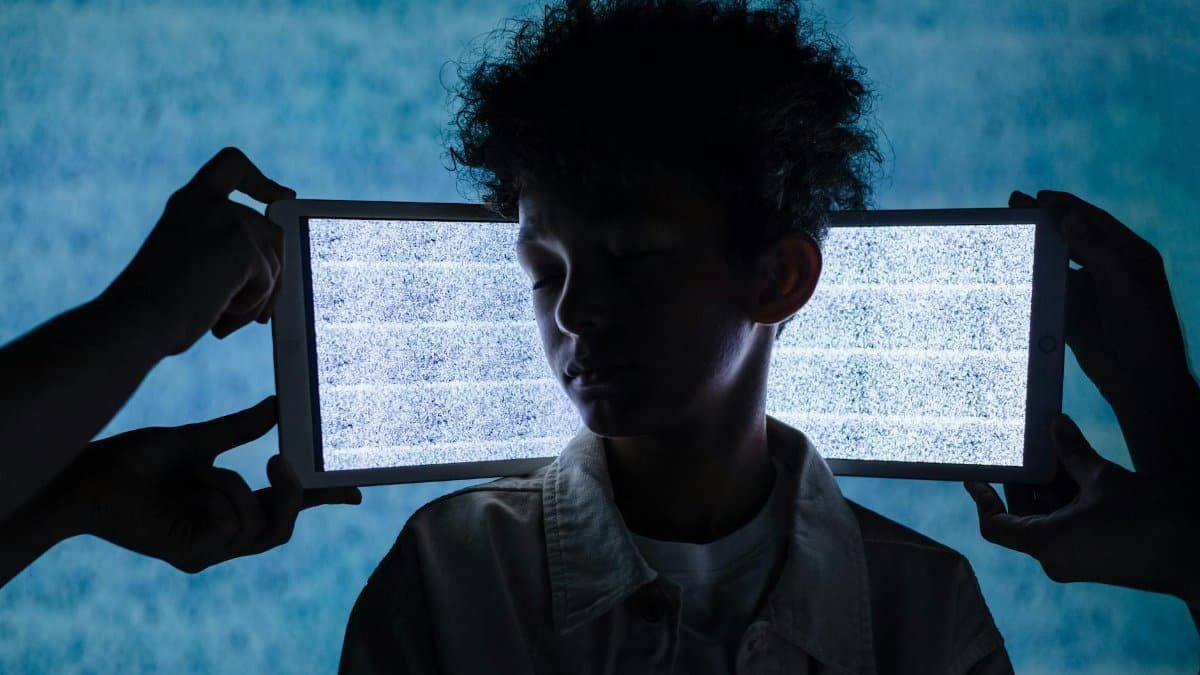In a world glued to screens, is balance healing the antidote to the anxiety of double-texting and endless digital rumination? Millions grapple with the psychological toll of waiting for replies, second-guessing messages, and overanalyzing online interactions. Balance healing, a growing approach to restoring mental equilibrium, promises relief by addressing these modern stressors head-on. Experts say it’s not just about unplugging—it’s about rewiring habits that fuel overthinking. As digital communication dominates daily life, understanding this phenomenon could be key to healthier connections.
The Roots of Double-Texting Anxiety
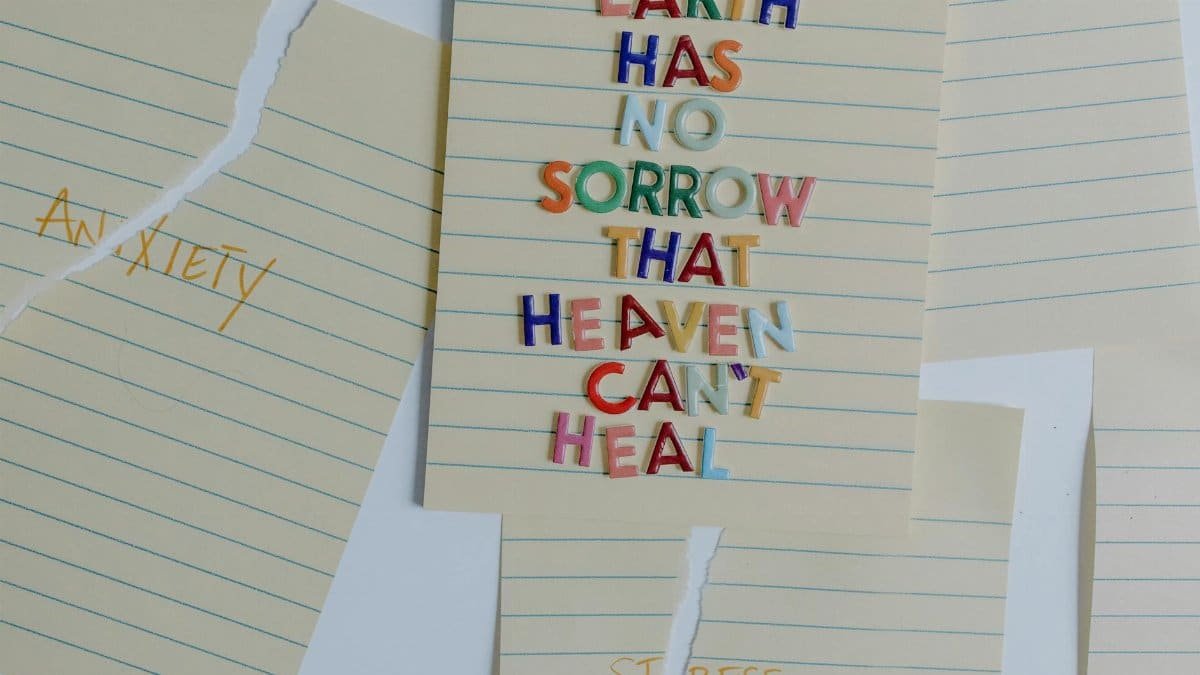
Double-texting often stems from deep-seated fears of rejection or miscommunication. Psychologists note that in the digital age, a delayed response can trigger the brain’s alarm system, mimicking ancient survival instincts. This hyper-vigilance leads to overthinking, where users replay scenarios in their minds, amplifying stress. Studies from the American Psychological Association highlight how social media exacerbates these issues, with constant connectivity blurring boundaries between work and personal life. It’s a cycle that drains emotional energy, making simple conversations feel like high-stakes negotiations.
How Digital Overthinking Affects Mental Health

Overthinking digital interactions isn’t harmless—it’s linked to increased anxiety and depression. Research shows that excessive rumination on texts or posts can disrupt sleep and concentration. A study by the National Institute of Mental Health reveals that young adults who engage in frequent double-texting report higher levels of social anxiety. This behavior often masks underlying insecurities, turning smartphones into sources of constant validation-seeking. Without intervention, it can erode self-esteem and strain relationships, creating a feedback loop of doubt and disconnection.
Understanding Balance Healing as a Response
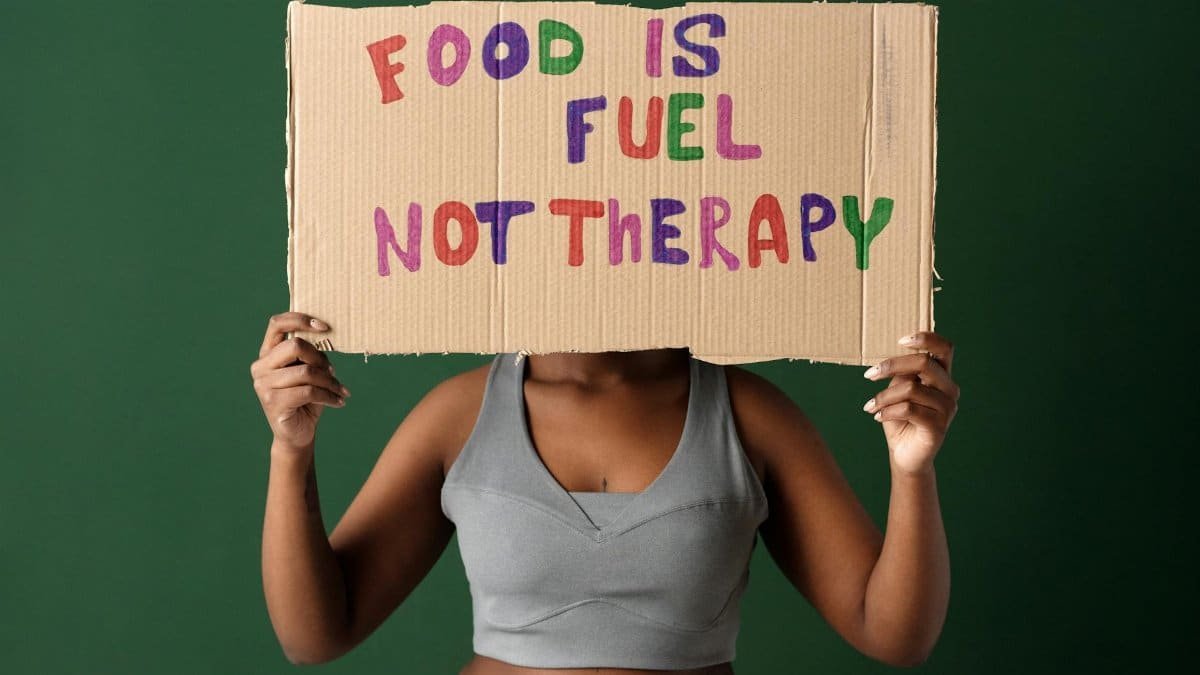
Balance healing emerges as a practical framework for countering these digital pitfalls. It involves intentional practices to restore harmony between online and offline worlds. Therapists describe it as mindfulness applied to technology use, encouraging users to set boundaries and reflect on emotional triggers. By focusing on present-moment awareness, individuals learn to detach from the need for immediate responses. This approach draws from cognitive behavioral techniques, helping reframe negative thought patterns that fuel overthinking.
Practical Steps to Implement Balance Healing

Starting with balance healing requires small, actionable changes. Begin by designating tech-free zones or times, like meals or evenings, to foster real-world connections. Journaling about digital habits can reveal patterns of overthinking, while apps that track screen time provide data-driven insights. Experts recommend responding to messages once, then letting go, trusting that healthy relationships withstand pauses. Incorporating meditation or breathing exercises during moments of anxiety helps ground users, reducing the impulse to double-text.
The Role of Social Media in Fueling Overanalysis
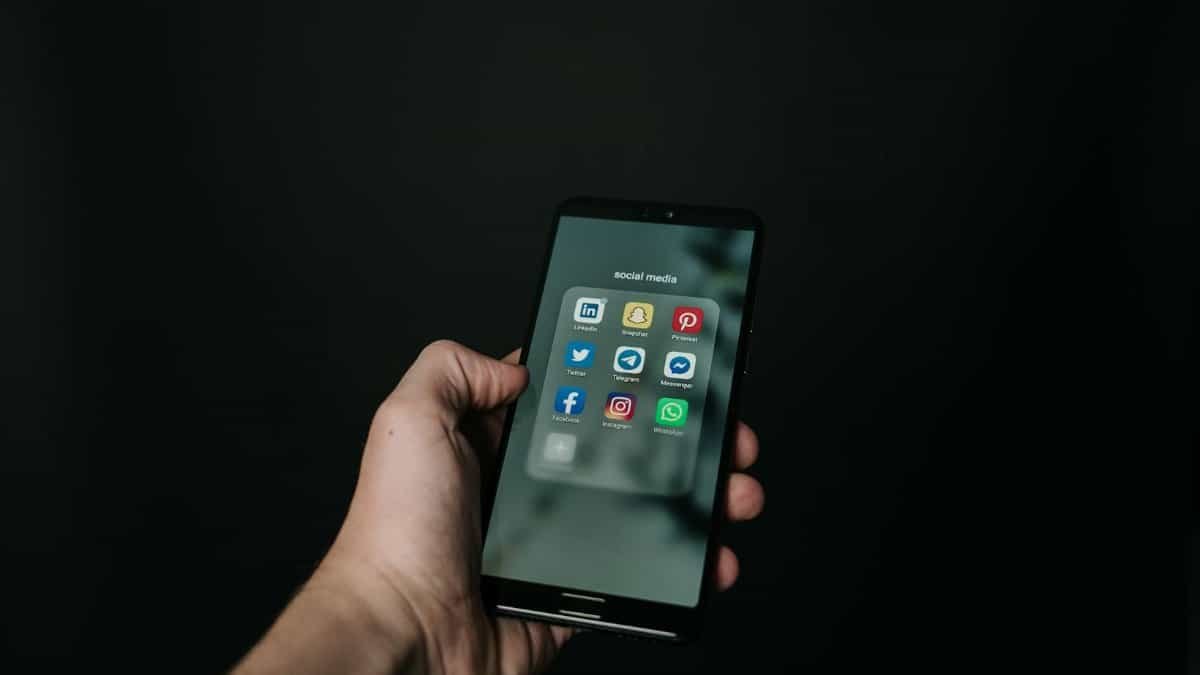
Social platforms are designed to keep users hooked, with algorithms that reward constant engagement. This setup intensifies digital overthinking, as likes and views become metrics of worth. A report from Pew Research Center indicates that 72% of adults feel overwhelmed by online information overload. Double-texting often spikes in these environments, where perceived slights—like unread messages—can spiral into full-blown narratives of abandonment. Recognizing these design flaws is crucial for applying balance healing effectively.
Expert Insights on Breaking the Cycle

Psychologists like those at Harvard Medical School emphasize self-compassion in overcoming digital habits. “Treat yourself as you would a friend,” advises one clinician, noting that harsh self-judgment worsens overthinking. Therapeutic strategies include cognitive restructuring, where users challenge assumptions behind double-texting urges. Group therapy sessions, increasingly virtual in 2025, offer shared experiences that normalize these struggles. Building resilience through balance healing involves celebrating small wins, like resisting the urge to send that follow-up message.
Real-World Examples of Recovery
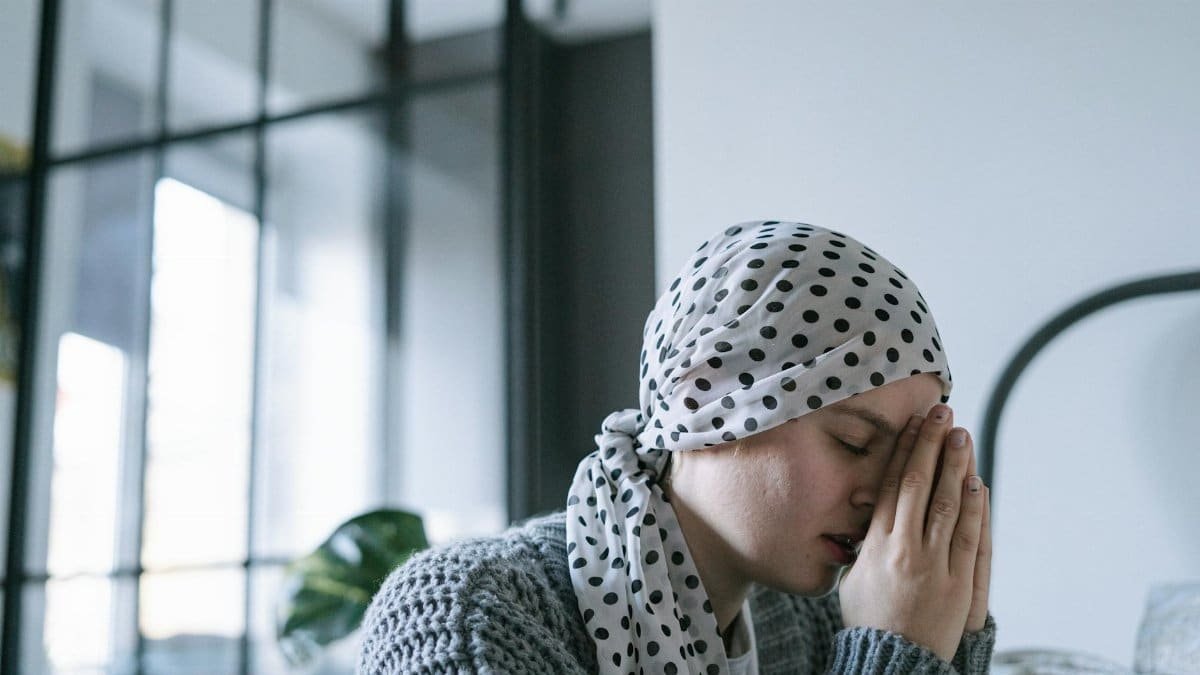
Take Alex, a 28-year-old marketer from New York, who once obsessed over work emails and dating apps. After adopting balance healing techniques, he reported sleeping better and feeling more present. Similarly, a survey by the American Psychological Association shares stories of individuals reclaiming control. These anecdotes underscore how stepping back from digital noise allows for genuine interactions, proving that healing is possible with consistent effort.
Potential Challenges in Adopting Balance Healing
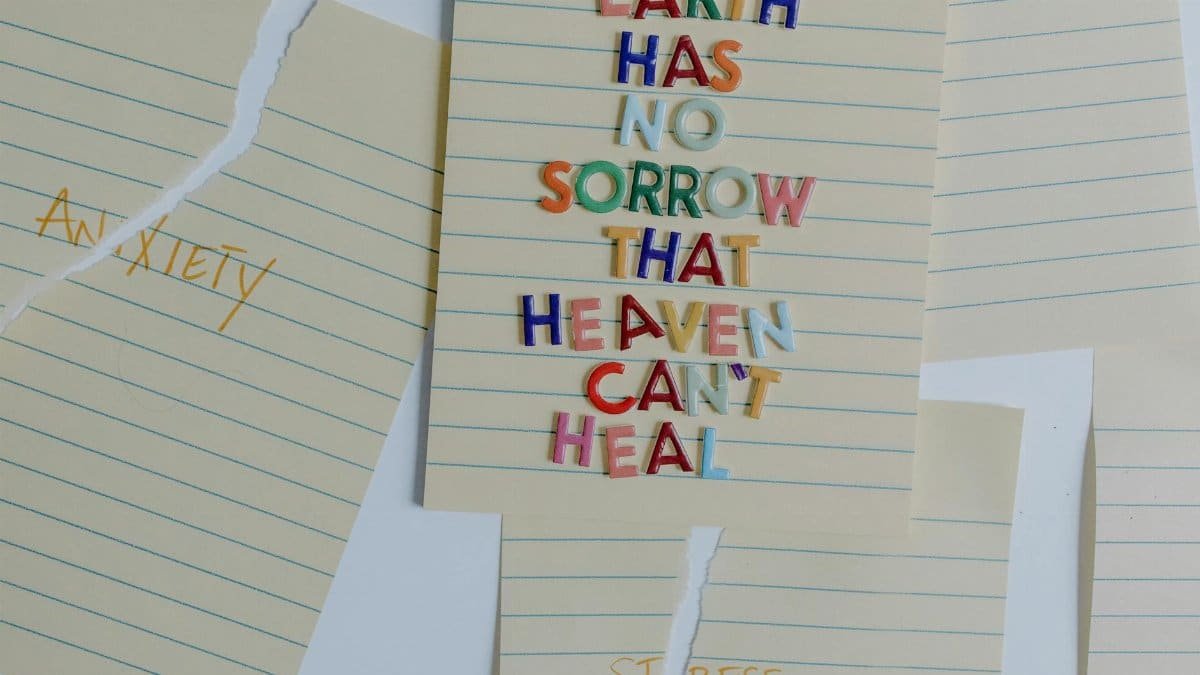
Not everyone finds balance healing straightforward. Resistance often comes from FOMO, or fear of missing out, especially in fast-paced careers. Social pressures to stay connected can make unplugging feel isolating at first. Additionally, those with deeper anxiety disorders may need professional support beyond self-help methods. A study linked from the National Institute of Mental Health notes that while effective for many, balance healing works best alongside therapy for severe cases.
Long-Term Benefits for Relationships

Embracing balance healing transforms how people communicate. It fosters patience and trust, reducing misunderstandings in friendships and romances. Couples who practice it together report stronger bonds, free from the paranoia of unread texts. In professional settings, it promotes clearer boundaries, boosting productivity. As 2025 sees rising awareness of mental health in tech, this approach could reshape societal norms, encouraging a culture where silence isn’t synonymous with rejection.
Future Directions in Digital Wellness
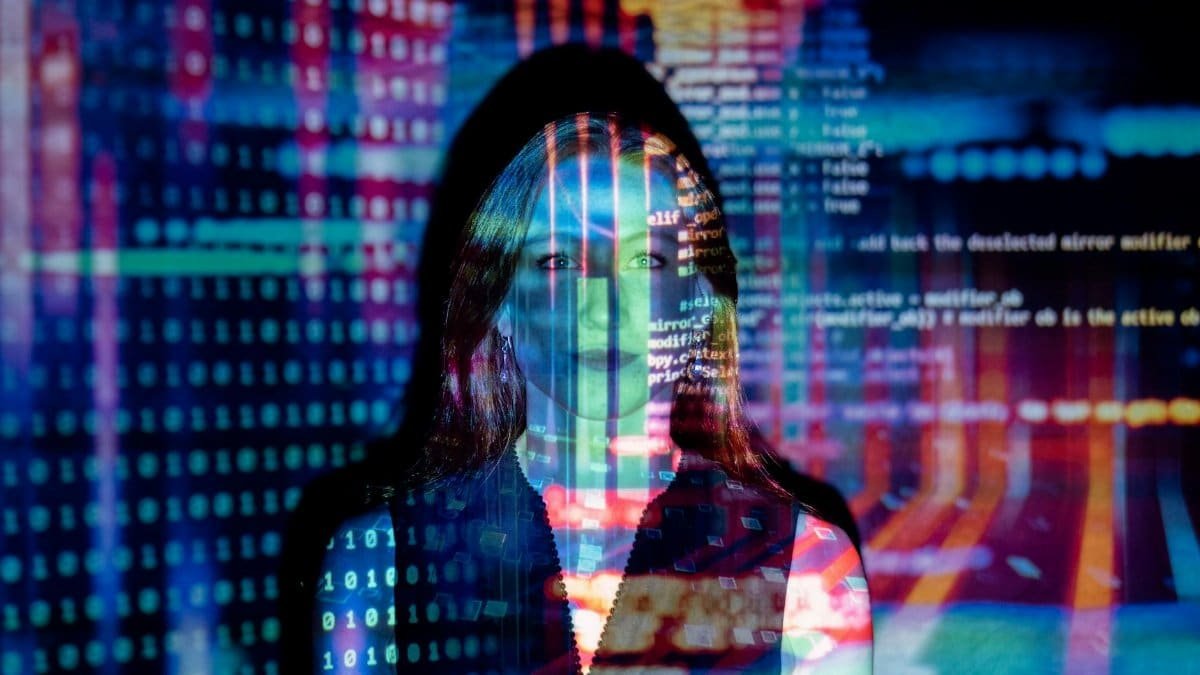
Looking ahead, innovations like AI-driven wellness apps may enhance balance healing efforts. Researchers are exploring virtual reality for simulated disconnection experiences. With ongoing studies, expect more evidence-based tools to combat digital overthinking. Ultimately, the psychology of double-texting reveals a broader need for equilibrium in our hyper-connected lives, where balance healing stands as a beacon for sustainable mental health.
